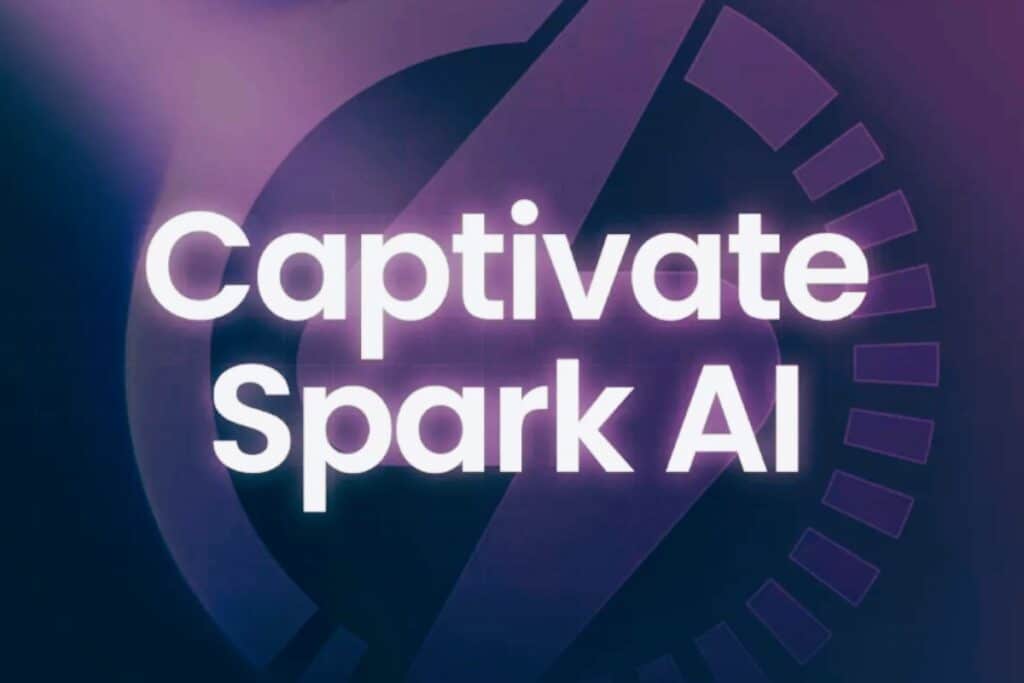What is a cohort-based course?
A cohort-based course refers to a group of individuals who learn together and at the same time. For example, students who learn together as a class or grade are learning as a cohort.
In a cohort-based course, your students advance through their course at the same pace, achieving milestones and phases of their curriculum together.
The number of students in cohort-based courses can vary. Depending on the curriculum and assessments included, you might prefer to keep your total number of students per cohort as low as 10-15. Equally, you might want to have as many as 35-40 students.
Need a hand planning your cohort-based course? Check out my Planning Your Online Course – The Workbook here.
Benefits of a cohort-based course
- Students feel more connected to each other and to the subject matter because they’re learning it at the same time.
- Students work in groups, which encourages collaboration and builds relationships.
- It’s easier to manage large numbers of students in one course because they’re all on the same page.
- As the course instructor, you can use your time more efficiently by focusing on preparing content/materials once and then delivering it across multiple sessions and cohorts rather than preparing different lessons for each student.
- You can tailor your teaching style based on how much knowledge each of your students has already gained from prior experience with similar subjects.
- You can create a community of learners who support each other and keep each other accountable.
- You have more time to give time to help your students who may need extra attention or support.
- Allow for greater flexibility around attendance and participation (for example, students can miss lectures but still receive feedback).
- You can easily measure student progress over time and identify struggling students as soon as possible.
- Students have more access to one another, which can help them feel less isolated and more connected to their peers’ experiences. This can be especially helpful if you have a large class size or if your school has a lot of geographical diversity.
- Students feel more comfortable asking questions and speaking up, which helps the whole class learn more effectively.
Cons of a cohort-based course
- It’s harder for teachers to get feedback from students about what’s working (or not working) in the course—since all students are learning together, there’s less opportunity for one-on-one interaction with you as the course instructor. You might therefore want to provide one-to-one or small group meetings to support your students. But, depending on the size of your cohort and your time availability, this might not be realistic.
- There’s less room for experimentation with new teaching methods or content delivery formats than there is in evergreen courses.
- It’s harder to keep track of individual progress, especially when there are lots of people in the cohort working on different things or at different paces at once. If you’re using this kind of structure for grading purposes, it’s important that you carefully track which assignments each student has completed so that they don’t fall behind or get rewarded for not doing their work (or punished for doing it too quickly). A quick tip: LearnWorlds has an amazing ‘assignment’ feature if you are going to have your students submit any work to you for feedback.
How do you create a cohort-based course?
Steps for creating a cohort-based course:
- Determine when you want to start your cohort
- Decide on your target students
- Create your curriculum
- Automate enrollment so when students sign up for your course they are only able to access your online course curriculum when the cohort starts
- Ensure that you have ‘welcome to the course’ information so students know how to best prepare themselves for when your cohort-based course starts
Top tips for running a cohort-based course
- Run a full cohort before launching your second. Gain feedback from your first cohort and use this to amend and adjust your program for your second cohort.
- Ensure that there is a supportive element to the course, such as a community within the online course platform or a Facebook Group.
- Have a full plan in place; make sure you know what you want your students to achieve.
- Ensure support is available during your course.
- Make sure that your cohort size is manageable. It’s better to start with a smaller cohort and then increase numbers for your next cohort than it is to stretch yourself too thin and not have enough time for each student.
- Make it clear what support and input your students can expect from you.
- Put in place a system for feedback, be it group or one-to-one. This might involve students submitting screenshots or a summary of their progress on a task relating to the course for you to review and give feedback on.
- Set your price accordingly. Cohort-based courses tend to have a higher price tag than evergreen courses where enrolment is available all of the time. This is because there’s usually more teacher input and support during the course.
- Plan and incorportate icebreakers so that your students can get to know each other.
Want to learn more about pricing your cohort-based course? Listen to the podcast episode: Selling High Ticket Courses, with Erica Nash
When is the best time of year to start a cohort-based course?
In my experience, there are two times of the year that work best for starting a cohort-based course.
January
January is the time of new beginnings. Everyone wants to do something new for the New Year; set new goals, learn new skills, and take up a new hobby.
Basically, January is the time when people subscribe to programmes in the hope of becoming a new them for the New Year. This is the reason why gym memberships spike at this time of year.
And it’s the same for online courses.
People go into the New Year wanting a fresh challenge and to accomplish something different. That’s why running a cohort-based course which starts in January is ideal.
You can pre-sell and advertise throughout December, readying people for your January course.
Alternatively, if you feel that your students are reluctant to buy a pre-sell in the holiday season, you can run a pre-sell or enrollment during January with the start date of your cohort course being in February.
Whichever you opt for, January is a time for new beginnings and because of this, it’s a great time to start a new cohort for your online course.
September
September is a fantastic time to start a cohort-based course.
The kids are normally back at school; the nights are getting longer, and people want to have something to achieve before the New Year which is in the not-to-distant future.
The summer months are over and people want to focus as the colder nights draw in. (Side edit: this obviously does not apply for those, not in the Northern Hemisphere, but apply the principle to when autumn/winter do start to creep in where you live).
Starting a cohort-based course in September (or whenever schools go back for a new school year) usually yields a good intake and numbers for your course.
When is the worst time of year to start a cohort-based course?
Anytime during the summer.
Basically, people have a lot of things to do during the summer months. The kids are off school, people go on holiday, and they want to enjoy the nice weather. Basically, a lot of people don’t want to be starting something new or committing to a new course unless they really need to.
Therefore, I’d always recommend avoiding the summer months for running a new cohort for your online course.
Obviously, there will be exceptions to this. There are many cohort-based courses which do run an intake during the summer months and this works well for those programmes.
But, unless you are an established brand, or you know that an intake would work particularly well during this time of the year (think something like surfing techniques), I’d avoid the summer months for cohort-based course intakes.
Related articles
Conclusion
In conclusion, cohort-based courses are an increasingly popular way to teach students online.
They provide an opportunity for students to connect with each other and learn from one another, as well as have more of a sense of community in their course.




